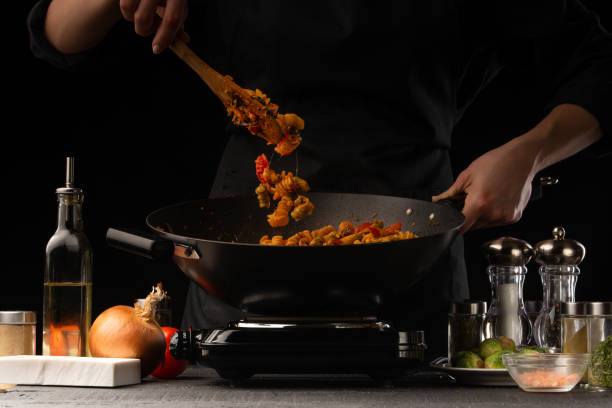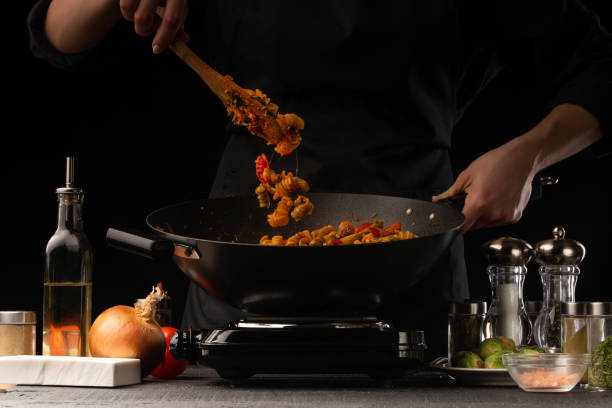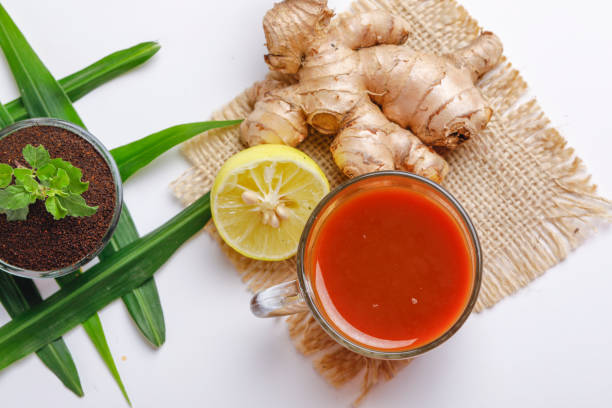For many, using spices can feel intimidating—how much is too much? Which combinations work best? But once you learn the basics, spices become your most powerful tool in the kitchen.
Understand Your Spice Profiles
Warm spices: Cinnamon, clove, nutmeg, and allspice bring richness to sweet and savory dishes.
Pungent spices: Mustard, fenugreek, and asafoetida (hing) are strong and should be used with caution.
Earthy spices: Turmeric, cumin, coriander root dishes with depth.
Citrusy spices: Cardamom, coriander seeds, and Szechuan pepper lift flavors.
Techniques for Layering Flavor
Tempering (Tadka): Fry whole spices in hot oil to infuse dishes with aromatic flavor. Common in Indian cooking.
Dry Rubs: Mix spices for grilled meat or roasted vegetables.
Marinades: Combine spices with oil, yogurt, or vinegar to tenderize and flavor proteins.
Simmering: Add bay leaves, peppercorns, and cloves to soups and stews.
Flavor Balance Tips
Use acidic ingredients like lemon or vinegar to balance spice heat.
Pair sweet spices with savory to create complex profiles (e.g. cinnamon in lamb stew).
Mastering spices isn’t about following rules—it’s about trusting your taste, experimenting, and understanding the character of each ingredient. And with Rinoci's beautifully curated collection, you’re never short of inspiration.





